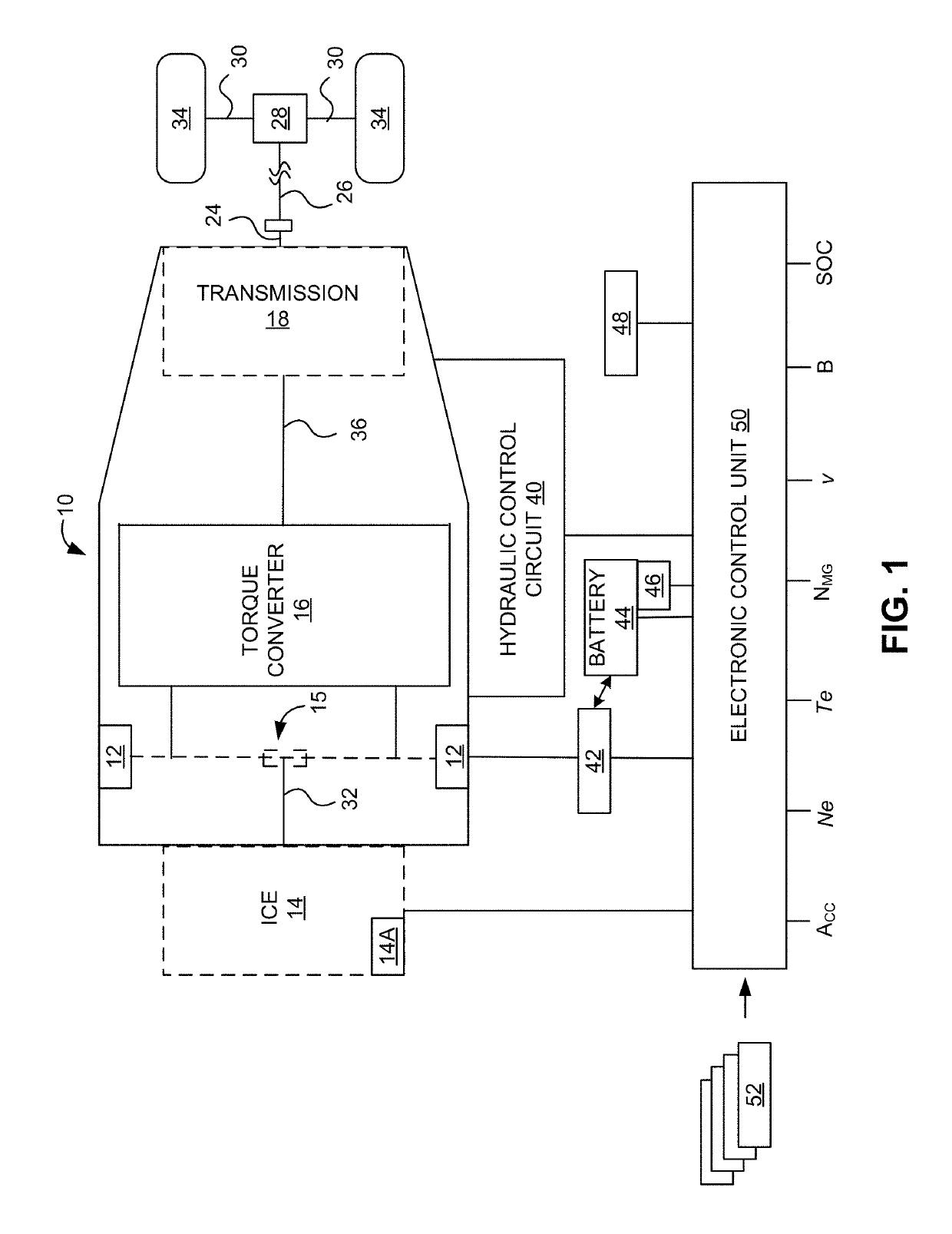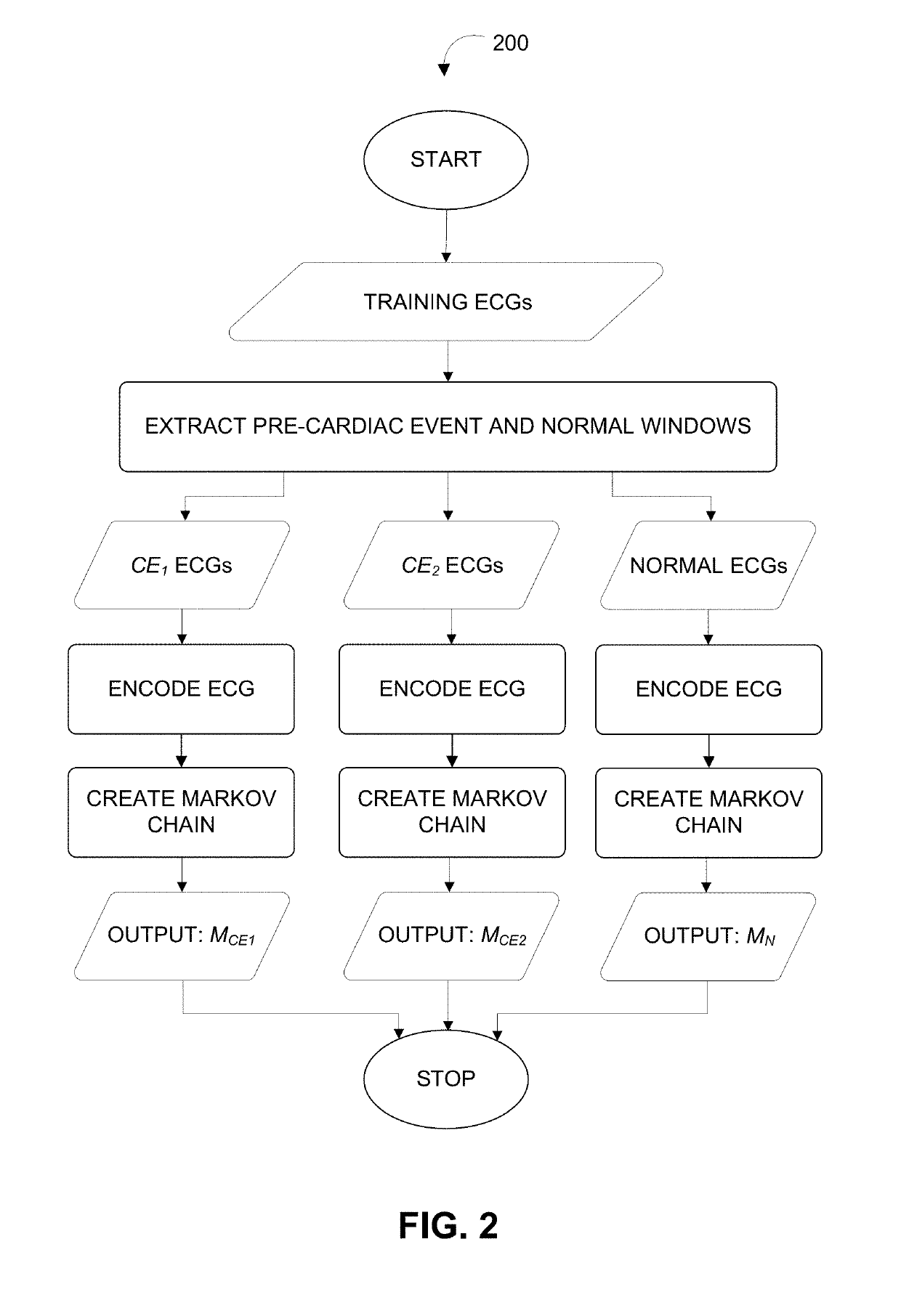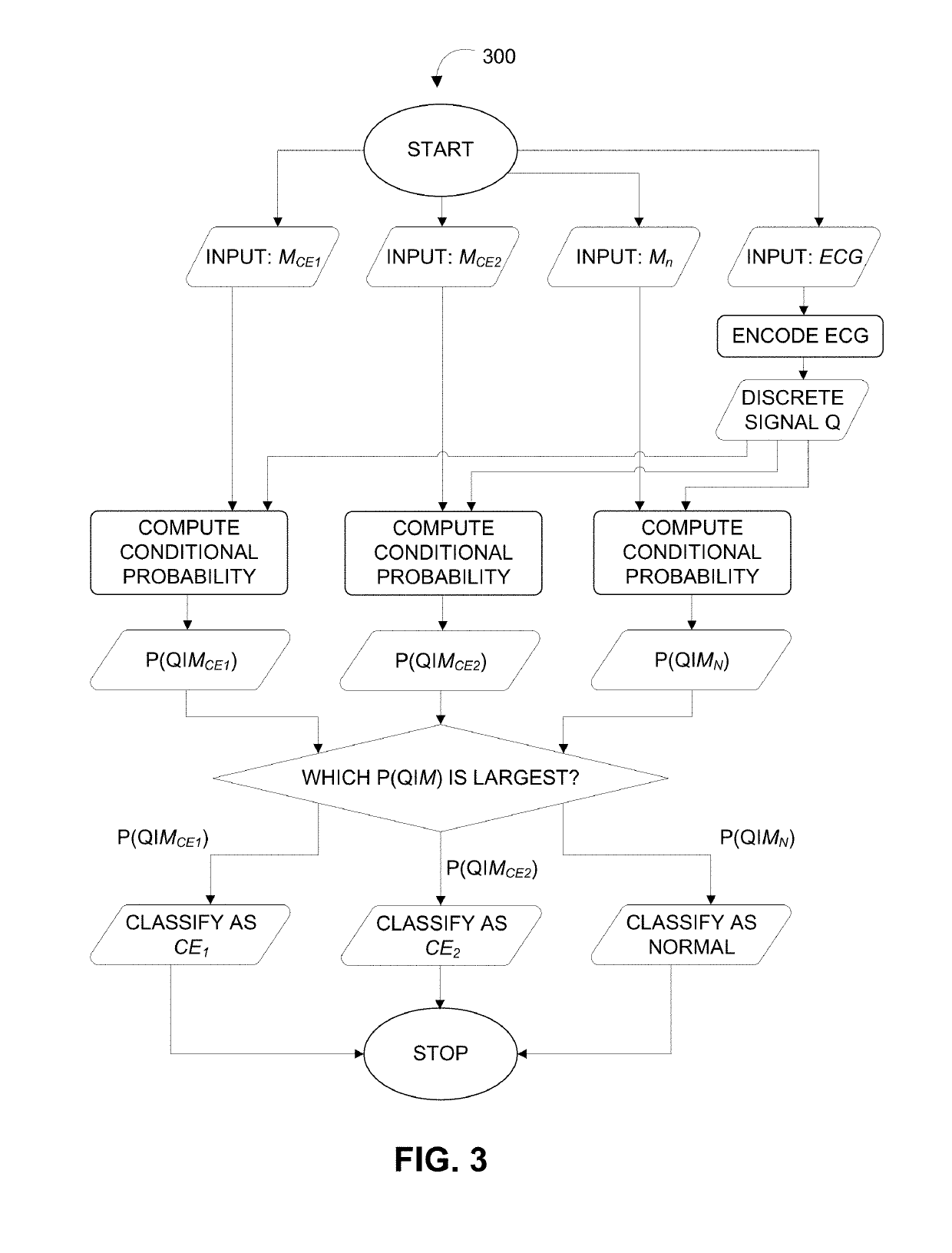Systems and methods for predicting and detecting a cardiac event
- Summary
- Abstract
- Description
- Claims
- Application Information
AI Technical Summary
Benefits of technology
Problems solved by technology
Method used
Image
Examples
Embodiment Construction
[0003]The systems and methods described herein may be used to detect and / or predict cardiac events based on real-time biomedical signals obtained from an individual. In various embodiments, a machine learning algorithm may be used to detect and / or predict the cardiac events. Training data obtained may comprise of a plurality of biomedical signals (“training signals”). Pre-event signals may be extracted from the training data that span a predetermined time interval before occurrence of a particular cardiac event. The training data may be analyzed to compute a sequence of conditional probability vectors. The pre-event signals may be applied to a Markov chain algorithm to train the machine learning algorithm based on the sequence of probability vectors obtained by analyzing the training signals, resulting in trained Markov transition matrices. The trained Markov transition matrices may be applied to a signal obtained from an individual in real-time to automatically predict an upcoming ...
PUM
 Login to View More
Login to View More Abstract
Description
Claims
Application Information
 Login to View More
Login to View More - R&D
- Intellectual Property
- Life Sciences
- Materials
- Tech Scout
- Unparalleled Data Quality
- Higher Quality Content
- 60% Fewer Hallucinations
Browse by: Latest US Patents, China's latest patents, Technical Efficacy Thesaurus, Application Domain, Technology Topic, Popular Technical Reports.
© 2025 PatSnap. All rights reserved.Legal|Privacy policy|Modern Slavery Act Transparency Statement|Sitemap|About US| Contact US: help@patsnap.com



